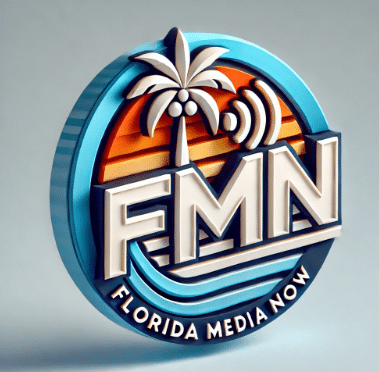
June 11, 2024 – Orbiting Earth as part of the nine-person crew of the International Space Station (ISS), NASA astronauts Butch Wilmore and Suni Williams are actively engaged in testing Boeing’s Starliner spacecraft. This mission marks Starliner’s first flight with astronauts and is a critical step in the data collection process for NASA certification, aiming to establish regular crewed missions to the orbital complex.
The ongoing evaluations are part of NASA’s Boeing Crew Flight Test, a collaborative effort involving both the astronauts aboard the ISS and teams on the ground. Since Starliner’s arrival at the space station on June 6, several key objectives have been pursued, including:
- Minimal Power Mode Tests: The spacecraft has been powered down into a minimal power mode, simulating conditions it will experience during operational missions while the crew works aboard the station. Subsequent power-up procedures were also conducted successfully.
- Safe Haven Checks: These tests are designed to demonstrate the spacecraft’s capability to support a crew with its own air and consumables in an emergency scenario on the station.
- Habitability Study: Alongside astronauts Tracy Dyson and Matthew Dominick, Wilmore and Williams conducted evaluations of seating positions and air circulation to ensure the spacecraft can comfortably accommodate a four-person crew.
- Spacesuit and Seat-Fit Evaluations: These tests involved checking the fits of spacesuits and seats, as well as performing battery checkouts for the service module.
Meanwhile, ground teams are meticulously assessing Starliner’s performance, with a return mission tentatively scheduled for June 18, pending favorable weather conditions and spacecraft readiness. The spacecraft is prepared for emergency return scenarios if necessary, adhering to established flight rules.

Steve Stich, manager of NASA’s Commercial Crew Program, expressed confidence in the ongoing tests, stating, “Butch and Suni are doing great aboard station as ground teams continue digging into the details of Starliner’s on-orbit, rendezvous, and docked performance. We expected to do a lot of valuable learning on this test flight, and I am extremely proud of how the NASA and Boeing teams are working together to ensure we can safely execute the return portion of the mission.”
One notable development involves Starliner’s aft-facing reaction control system (RCS) thrusters. One of the thrusters, which produces about 85 pounds of thrust, has been deactivated for further performance evaluation. Ground teams plan to fire all 28 RCS thrusters post-undocking to gather additional data on the service module thrusters before they are expended. The service module will separate from the crew module during the return, allowing for comprehensive data collection.
Engineers are also examining the impact of five small leaks in the service module’s helium manifolds on the mission. Despite the leaks, Starliner has sufficient helium to support the return trip, needing only seven hours of free-flight time compared to the 70 hours currently available. Additionally, an RCS oxidizer isolation valve that failed to close properly is under evaluation, with successful checkouts of other oxidizer and fuel valves.
The mission management team continues to refine the return plan, addressing flight rationale, fault tolerance, and potential operational mitigations. A pre-departure media teleconference is planned to provide further updates before Starliner undocks from the ISS.
Following launch and docking, the final dynamic phase of the mission will involve undocking from the ISS and adjusting the orbit to move away from the station. Wilmore and Williams, aboard Starliner, will then execute a deorbit burn before re-entering the Earth’s atmosphere. The spacecraft will land in the southwestern United States using parachutes and landing airbags, concluding this pivotal flight test.
As NASA and Boeing work closely together, the successful completion of these tests brings the Starliner one step closer to regular operational missions, paving the way for future crewed journeys to the ISS and beyond.





